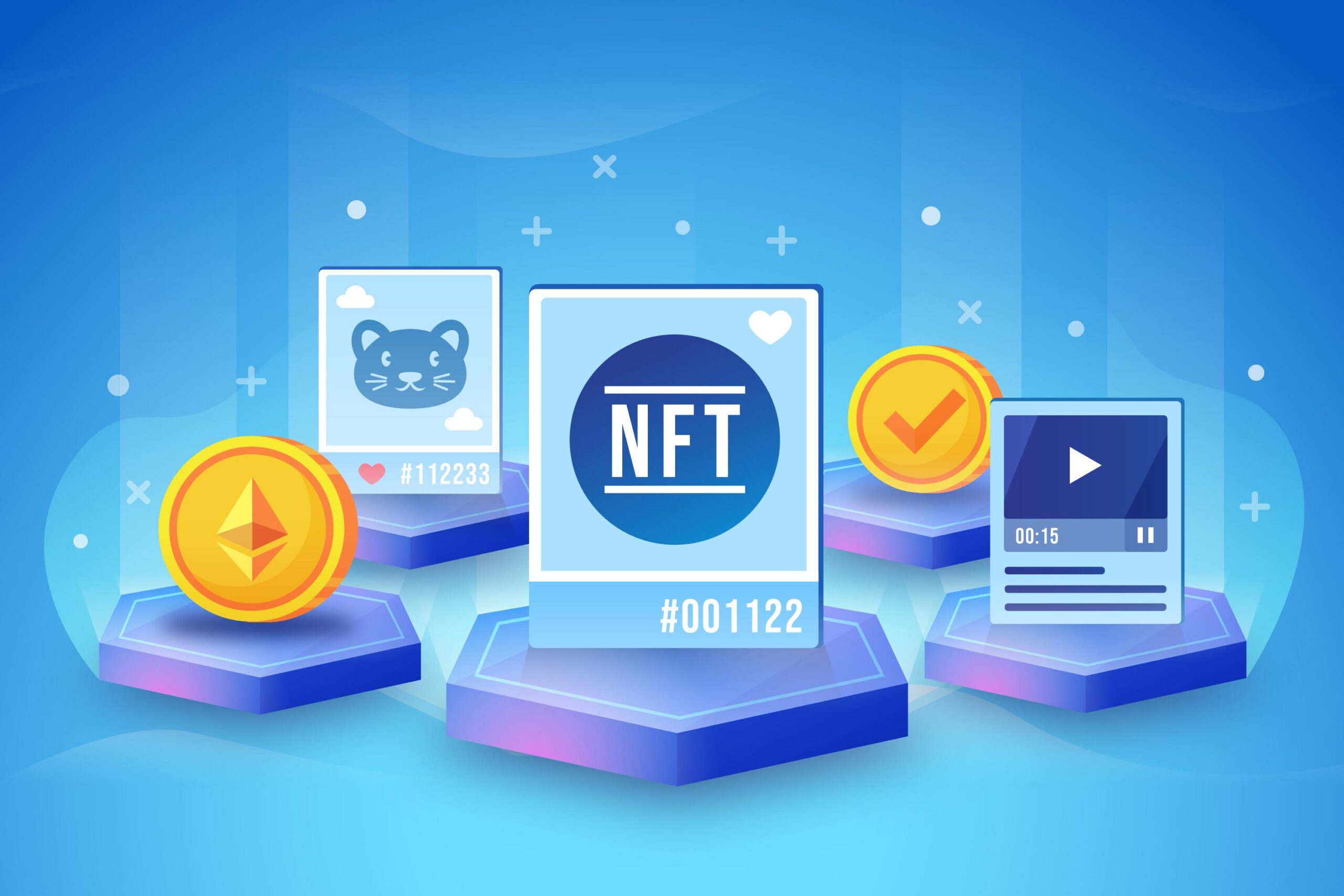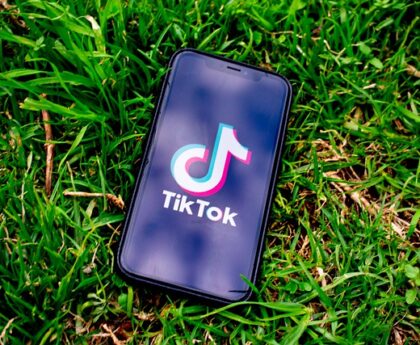
NFT stands for non-fungible token, which basically means that it’s a one-of-a-kind digital asset that belongs to you and you only. The most popular NFTs right now include artwork and music, but can also include videos and even tweets.
NFTs can be individual, or they can be part of a collection, which can also allow their owners to feel as though they are joining an exclusive online community. One collection, called the Bored Ape Yacht Club, is made up of 10,000 NFTs that look like drawings of, you guessed it, bored apes. But whoever owns one of them also gets to be part of a new kind of exclusive society, and members (owners of the ape NFTs) include Jimmy Fallon, DJ Khaled, Steph Curry and Post Malone. To own a Bored Ape Yacht Club NFT, you’ll need to pay at least $200,000.
What is a non-fungible token(NFT)?
In economics, a fungible asset is something with units that can be readily interchanged – like money.
With money, you can swap a £10 note for two £5 notes and it will have the same value.
However, if something is non-fungible, this is impossible – it means it has unique properties so it can’t be interchanged with something else.
It could be a house, or a painting such as the Mona Lisa, which is one of a kind. You can take a photo of the painting or buy a print but there will only ever be one original painting.
NFTs are “one-of-a-kind” assets in the digital world that can be bought and sold like any other piece of property, but which have no tangible form of their own.
YOU MAY LIKE: What is metaverse and what you need to know about it (part 1)
The digital tokens can be thought of as certificates of ownership for virtual or physical assets.
Sounds cool right, so, how do I make one?
First, you’ll need a crypto wallet. MetaMask and Coinbase Wallet are two popular crypto wallets, and can be downloaded on your phone or desktop.
After you have your wallet, you’ll need to buy some cryptocurrency, like Bitcoin, Ether, or any number of others. You can buy that through a crypto wallet company using U.S. dollars or another fiat currency.
Now, choose what you want to turn into your digital asset—that could be a JPEG, MP3, GIF, or any other multimedia file type that will be uploaded to an NFT marketplace.
Then you’ll “mint” the NFT, which means that you’ll be publishing your token on blockchain, a network that structures and stores cryptocurrency. Many NFTs are stored on the Ethereum blockchain.
You publish an NFT to blockchain via an online marketplace. The most popular online marketplaces to mint and sell NFTs include OpenSea and Rarible. There are usually “gas” fees you have to pay, something that marketplaces charge users for some combination of making, publishing and selling an NFT.
You’re basically paying the marketplaces for the computer power used to fuel transactions on the blockchain. But sometimes these fees can reach hundreds of dollars, so watch out.
You’ll still have to pay a one-time fee to initialize your account on each of those marketplaces, which could cost hundreds of dollars. OpenSea and Rarible will both charge a 2.5% fee from your NFT sales, although they are still widely used because they don’t charge “gas” fees, meaning it’s free to mint the NFT. The buyer pays the minting fee.
Selling an NFT
With all that done, it’s time to actually put your NFT out there and hopefully make some money. On most platforms, doing so is as simple as hitting a button that says “sell” on whatever NFT you have in your wallet.
The screenshot below shows how it works on Rarible using the MetaMask wallet. Note the Ethereum gas fees.
In practically all cases, you have a few options on how you want to sell your NFT. These usually fall into one of three categories: fixed price, timed auction, or unlimited auction—which Rarible calls “open for bids.”
A fixed price is simplest to explain: you put your NFT up at a certain price and you wait for somebody to pay that amount. OpenSea lets you put a time limit on this price if you want, but other than that it’s the same.
A timed auction is also relatively common: in a certain time span, which you can decide, potential buyers will bid on your NFT. When the time limit expires, the highest bidder receives the NFT. An unlimited auction is an auction without a time limit, the seller simply decides when they have received what they think is the best offer and ends the auction.
YOU MAY LIKE: 5 Tips for Creating the perfect Valentine’s Day campaign Video
From here the process runs pretty much automatically: the buyer pays what they’re supposed to for the NFT plus some fees, the creator gets their money minus some fees, and the NFT changes hands. The buyer gets a cool little collectible, and you, the seller, gets the start of a cryptofortune—hopefully.
I’m intrigued. Where do I begin?
If you’re still looking to dip your toes into the world of NFTs, artists who have previously minted their own NFTs advise that you start with something that’s fun and meaningful to you.
“My hopes for the NFT market is for it to become even more accessible for all sorts of creators—artists, musicians, game developers—to be able to share their stories and support themselves on their work,” Amber Vittoria, an artist known for her abstract and colorful NFTs that sell for up to $834,000.
“My advice for folks newly entering the space to sell their creations as NFTs is to not be afraid to ask questions, experiment, and to enjoy the process.”
Another artist named ArinaBB, who has been making NFTs for about a year, added that the rapid evolution of the market can be both “a blessing and a curse,” and that there are some essential safety tips that beginners should be aware of.
“Never click on unknown links even if they seem familiar. Do not download files from strangers,”
‘’Make sure you have a basic understanding of how things work before you start investing large sums of money.”
The sale prices of NFTs are rising as they gain in popularity. Consequently, NFT creators can make a lot of money. However, not all NFTs will even sell, let alone make their creator any money, given all the fees involved with minting and selling NFTs. Due to the costs, you need to prepare for the possibility that you could lose money on your NFT creation. The best way to avoid a loss is to make sure you sell an NFT that others will find valuable and set a minimum price that will more than offset any associated fees.





